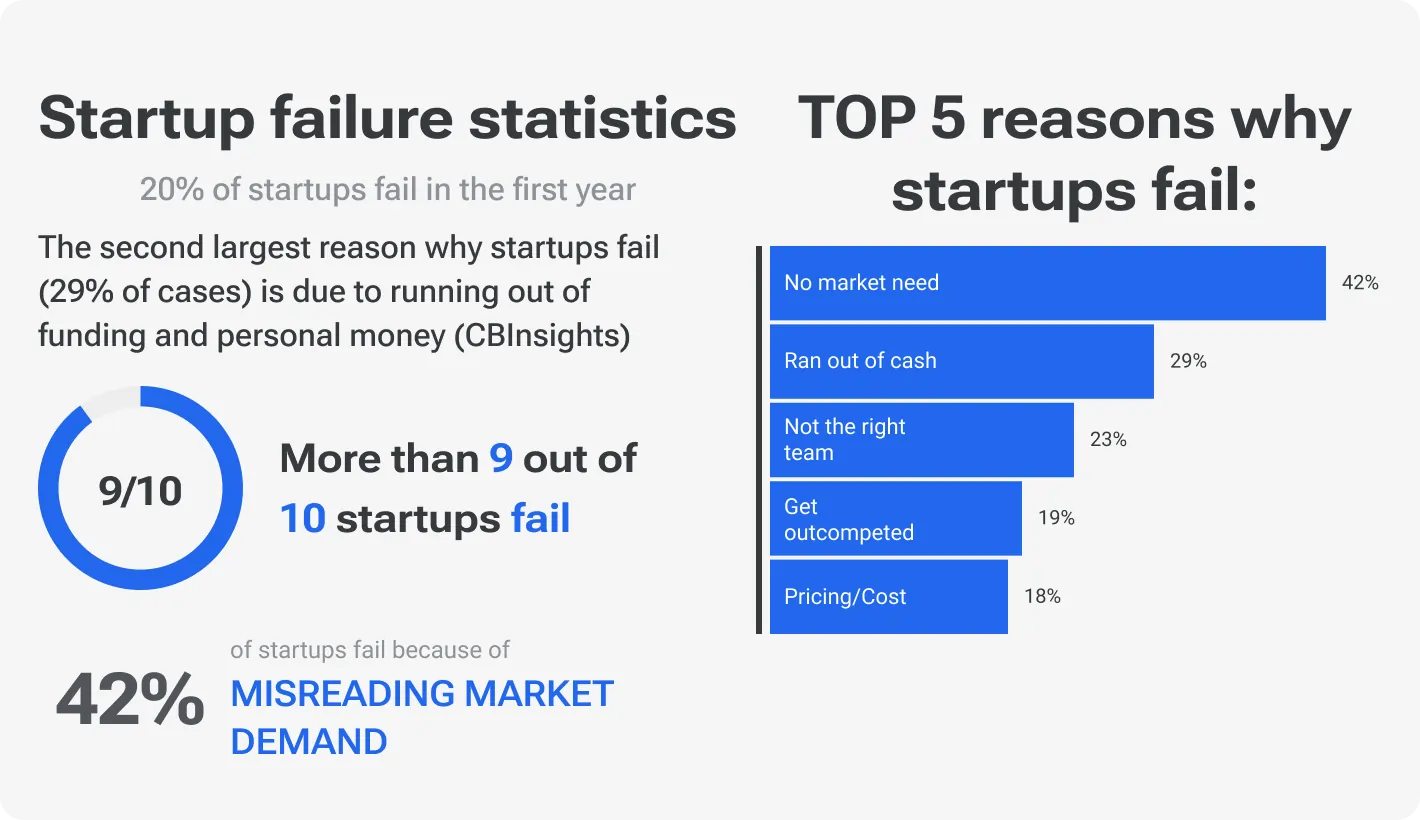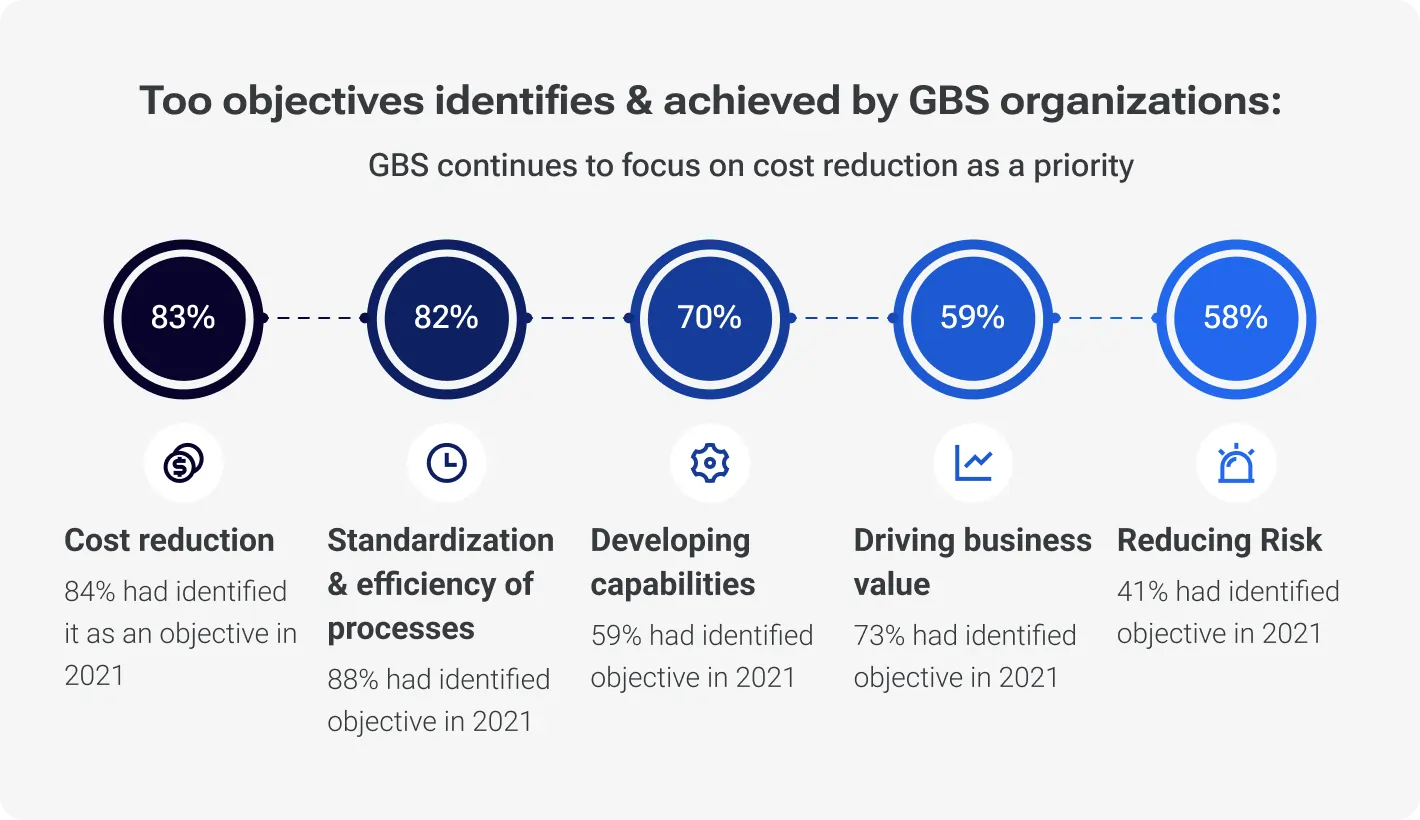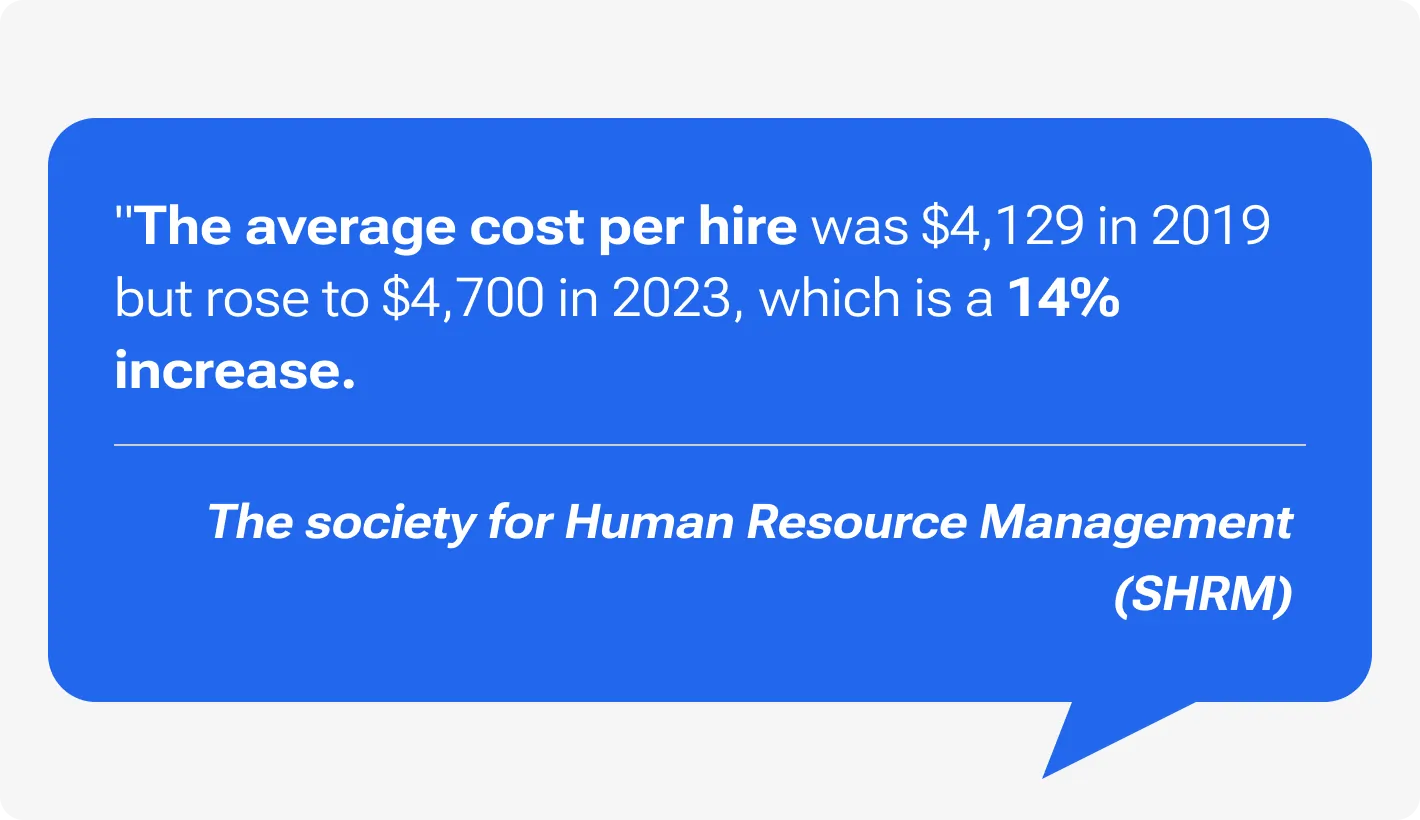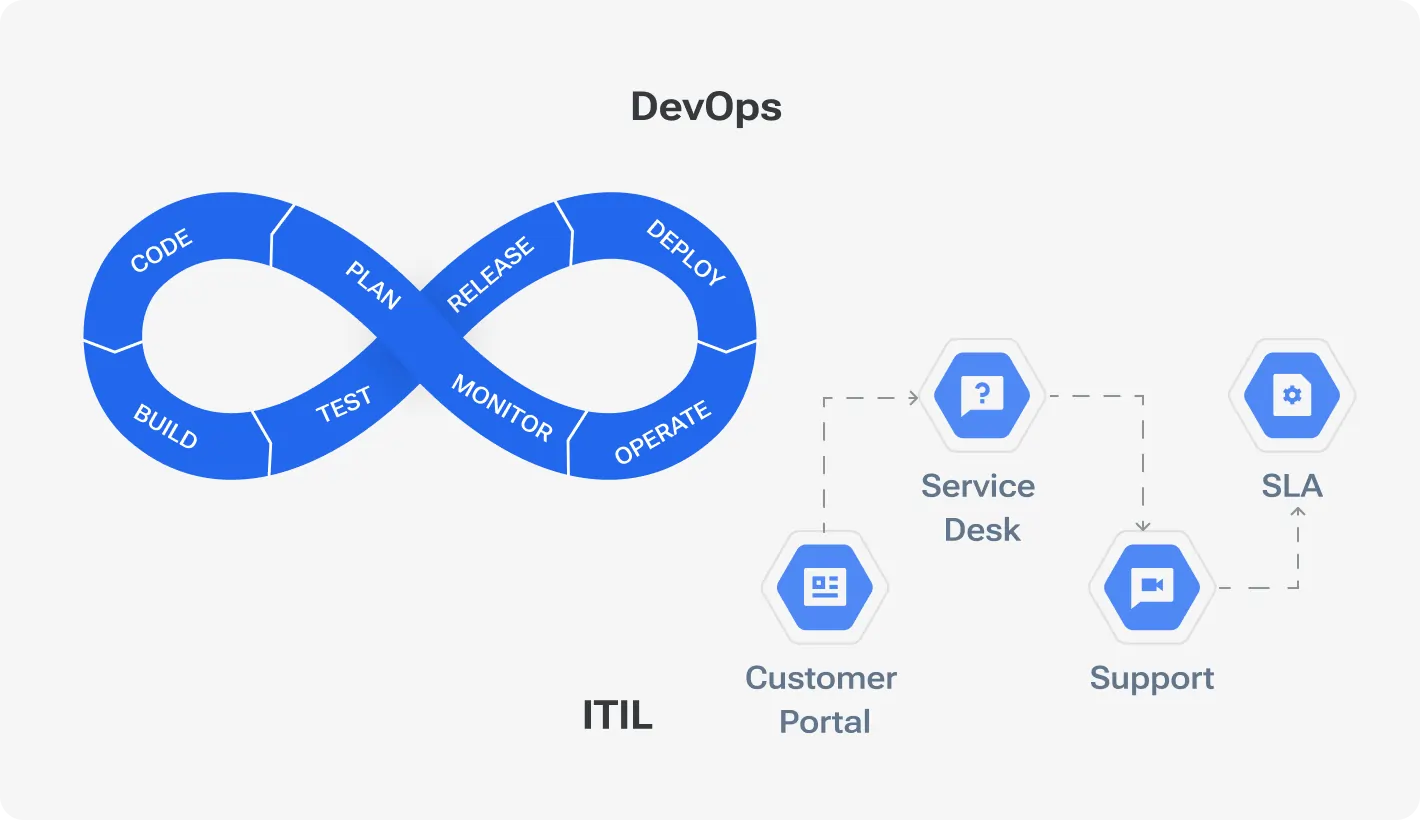Launching a startup is an exciting roller coaster ride. But let's face it, many young companies hit a wall early on — and it's often due to shaky IT infrastructure. CB Insights revealed that 90% of startups fail due to issues such as cash flow problems, lack of market need, and inadequate IT infrastructure with 22% failing due to IT infrastructure problems. Fragile systems can't handle growth and hinder innovational progress. To this end, one of the ways startups can build a secure, reliable IT foundation that can scale alongside their ambition is the Build-Operate-Transfer (BOT) model.
This isn't your typical "lift and shift" outsourcing scenario. The BOT model consists of several equally important parts: collaborative partnership, smooth processes, and seamless knowledge-sharing. Outsourcing partners help design, develop, and implement a robust IT infrastructure tailored to client’s specific needs.
Let’s dive deep into the BOT model, exploring how each phase – build, operate, and transfer – empowers startups to build a solid IT foundation. We'll unpack the practical benefits, offer expert tips, and guide you through considerations to ensure a successful BOT implementation.
The BOT model: Ideal choice for startups
Managing limited budgets
Unlike traditional upfront costs associated with building an internal IT team and infrastructure, the BOT model offers a pay-as-you-go approach. And renowned auditor Deloitte found that 63% of businesses leverage outsourcing to manage IT expenses more effectively.
With the BOT model of cooperation, startups can avoid substantial initial investments in infrastructure, technology, and talent acquisition. Instead, these costs are spread over time, allowing startups to allocate their financial resources more efficiently.
However, finance is not the only topic Build-Operate-Transfer brings up.
Risk mitigation
Don’t take AI companies’ success at face value. They are rather exceptions than rules: startups inherently face high uncertainty and limited resources. The BOT model shares and mitigates risks as they have access to the expertise of the external partner during the initial build and operate phases.
However, this makes sense only when the partner has the appropriate experience to manage potential issues and reduce the client's burden.
The BOT model allows companies to test and optimize their operations before taking full control, thus minimizing risks associated with early-stage projects.
Streamline your project development with minimal risks and maximum control over your assets, all while saving up to 50% of your budget
Skilled and scalable workforce at your fingertips
Another challenge that IT strategy for startups must address is building a nimble team. The BOT model is a perfect solution to this challenge. Startups can tap into a pool of experts managed by an external partner with appropriate certifications and portfolio.
This access helps “young companies” avoid common pitfalls, such as inefficient processes and poor-quality deliverables. Moreover, the wrong team causes the failure of about 14% of startups.
Growth: The sky's the limit
Startups often experience rapid changes and expansions, and the BOT model supports scalable growth. By allowing the startup to gradually take over operations, the BOT model ensures that the infrastructure and processes can scale in line with business growth.
This scalability is vital for startups looking to expand their operations quickly and efficiently. The flexibility provided by the BOT model enables startups to adjust resources and scale their operations without the complexities associated with traditional models.
BOT vs. traditional outsourcing: Exploring your options for IT project management
The build phase for startups
You are ready to head off and that’s great. But chances are you lack resources or robust infrastructure. Well, you are not alone — almost 40% of companies in an early stage of development lack money and tech maturity. Let’s run through the nuances of the build phase of the BOT model.
Setting up the necessary IT infrastructure
In the build phase, startups set up their IT infrastructure, selecting technology stacks and building initial systems. Unlike monolithic systems of the past, startups in the US and Britain often favor a microservices architecture, using best-of-breed cloud-based tools for each function.
They typically focus on scalable and flexible technologies like cloud computing (AWS, Azure), modern programming languages (Python, JavaScript), and agile development tools (Jira, GitHub). This phase involves setting up servers, databases, and networking solutions that can grow with the business.
Recruitment of skilled professionals
Recruiting skilled IT professionals is critical for startups. In the US, the cost of hiring a skilled IT professional averages around USD 4,700 per hire. This number includes recruitment advertising, screening, and onboarding costs.
And the recruitment process takes 42 days on average, posing challenges for startups needing rapid team assembly. In Britain, the costs and timelines are similar, with a focus on finding talent proficient in emerging technologies.
Cost efficiency for startups takes an utter place, so it makes sense to use platforms like LinkedIn, Indeed, and specialized tech job boards to accelerate the search, keeping the quality high. Additionally, partnering with recruitment agencies or using freelancing platforms like Upwork provides immediate access to a wide range of professionals.
Development of IT processes and workflows
Establishing IT processes and workflows that align with startup goals is essential. This involves creating agile development cycles, setting up continuous integration/continuous deployment (CI/CD) pipelines, and implementing robust project management practices. To streamline workflows and enhance productivity, use tools like Jenkins for CI/CD, Slack for team communication, and Trello for project management.
Startups should focus on creating flexible processes that can adapt to rapid changes and growth. Regular reviews and iterations of these processes ensure they remain aligned with business objectives.
Common challenges and practical solutions
Budget constraints: Startups often operate with limited budgets. To manage costs, startups can use open-source tools and platforms, opt for cloud-based services with pay-as-you-go models, and prioritize critical infrastructure needs.
Recruitment difficulties: Finding the right talent can be challenging. Startups can overcome this by offering competitive salaries, stock options, and a dynamic work environment. Additionally, leveraging remote work options expands the talent pool globally.
Case study: ThoughtSpot
ThoughtSpot is a startup that offers search-driven analytics. They successfully navigated the build phase by focusing on robust infrastructure and top-tier talent acquisition. The trick was a combination of cloud services and open-source tools to build their initial systems. This way owners ensured scalability and cost-efficiency. A global talented team and established clear IT processes helped ThoughtSpot quickly built a strong IT foundation.
The operate phase for startups
The operate phase is where the rubber meets the road. The BOT provider takes the reins, assuming responsibility for the day-to-day management of your IT infrastructure. In this stage, you may notice how outsourcing partner handles such tasks:
Managing day-to-day IT operations
It’s vital for startups to focus on strategic steps. While they should get some fast wins, long-term vision is pretty important. Let your BOT partner manage day-to-day IT operations, maintain the system, monitor performance, and resolve rising issues.
When systems run smoothly, issues are identified and resolved promptly, and optimal performance is maintained, it’s easier to identify the next big thing in your endeavor.
You obviously may encounter miscommunications due to different time zones in distributed teams, missed deadlines from lack of coordination, and technical problems such as system downtimes and software bugs. To mitigate these, you should implement clear communication protocols, use project management tools like Jira or Asana, and set up automated monitoring systems with tools like Nagios or Datadog.
Continuous improvement of IT processes
Two approaches widely used by tech companies are ITIL methodology and DevOps practices.
DevOps: This methodology is based on collaboration between development and operations teams, allowing for faster issue resolution and smoother deployments. For startups with limited resources, the BOT provider can bridge the gap between development and operations, ensuring a DevOps-like approach without the need for significant internal investment.
ITIL: The IT Infrastructure Library (ITIL) provides a framework for IT service management, helping to standardize processes, improve efficiency, and deliver consistent service levels. Startups can leverage the BOT provider's expertise to implement key ITIL principles, even on a smaller scale, to optimize their IT operations.
Agile is probably the most popular approach nowadays. It promotes iterative development, allowing startups to respond quickly to changes and improve continuously based on feedback.
Setting and achieving performance metrics
Any startup should track the following top four metrics:
System uptime: Ensuring high availability and reliability of IT systems.
Deployment frequency: Measuring how often new features or updates are deployed, indicating agility and efficiency.
Mean time to resolution (MTTR): Tracking the average time taken to resolve issues, reflecting the effectiveness of incident management processes.
Return on investment (ROI): Ultimately, you want your IT infrastructure to support your business goals. Track the ROI of your BOT partnership to ensure it aligns with your overall business strategy.
These metrics help startups align their IT operations with strategic goals and ensure they meet performance expectations.
Common challenges and practical solutions
When resource injections are unstable, it’s difficult to maintain service levels and keep operational control. For this reason, there is risk mitigation — Service Level Agreements (SLAs) with clear performance standards and regular reviews.
These involve proactive risk assessment, regular security audits, and implementing failover mechanisms to ensure business continuity.
Case study: Slack's operational success
Slack, now a well-known company, when being a startup, successfully navigated the operate phase by leveraging AWS and tracking performance metrics through it.
Their choice was Agile and DevOps practices since they seek to streamline their workflows and enhance product quality. Slack used automated monitoring tools offered by Amazon to ensure high system uptime and quick incident resolution. Continuously improving its processes, Slack achieved significant operational efficiency and rapid growth (for the first 18 months only Slack managed to achieve 1.1M daily users).
The transfer phase for startups
Progressing through the BOT model, you’ll reach the final phase — the transfer, where knowledge and control are gradually transitioned from the outsourcing partner to your team. This phase is crucial for ensuring long-term success and alignment with the startup's strategic goals.
Transferring knowledge from the outsourcing partner
When “handing over” knowledge to a client’s team, an outsourcing partner 100% will encounter some of these troubles: resistance to change, lack of motivation to learn, technical illiteracy, or a belief that current tools and knowledge are better than those offered. And the task #1 for the partner is to make the learning experience easy and engaging.
This includes comprehensive training sessions and detailed documentation handover. Here are some key nuances to pay attention to.
Detailed documentation: This is not documented, hence, this does not exist. Take down all processes, workflows, and technical details. This helps maintain continuity and prevents knowledge gaps.
Hands-on training: Provide hands-on training sessions where the internal team can learn by doing, which solidifies understanding and practical application.
Continuous support: Define a period of continuous support where the outsourcing partner remains available for questions and troubleshooting post-transfer.
Checklist for a seamless BOT transition
Gradual transition of ownership and control
A gradual transition of ownership and control ensures a smooth handover. Initially, the outsourcing partner should maintain significant control, with the internal team gradually taking on more responsibilities. This phased approach allows for a seamless transition, reducing the risk of operational disruptions and ensuring the internal team is fully prepared to manage the IT operations independently.
Benefits of full control
Obviously, a full control over IT operations aligns with long-term business goals. It enables startups to tailor processes to their specific needs, improve response times, and foster innovation.
Full control also allows for better integration with other business functions and strategic alignment which ensures IT operations support overall business objectives.
Common challenges and practical solutions
Startups often face challenges such as knowledge gaps and resistance to change during the transfer phase. The former could be beaten by thorough research and detailed methodology while the latter depends on the company’s culture and staff’s mindset.
Consider these steps:
Start early: Don't wait until the transfer phase to initiate knowledge transfer. Weave learning opportunities throughout the entire BOT engagement.
Size up all options: One-size-fits-all training often doesn't work. Identify knowledge gaps within your team and customize training programs accordingly.
Regular knowledge audits: Conduct regular audits (surveys, tests, etc.) to identify and fill knowledge gaps.
Engagement strategies: Implement strategies to engage employees, such as involving them in the transition process and providing incentives for active participation.
Change management programs: Develop change management programs to address resistance, including clear communication, training, and support systems.
Separate tips for overcoming resistance to change include:
Clear communication: Clearly explain the benefits and reasons for the change to all stakeholders.
Involvement and empowerment: Involve employees in the transition process and empower them to contribute ideas and feedback.
Lead by example: Company leaders should take crucial steps first. It’s insufficient to conduct a company-wide webinar to explain the importance of the transition. It’d be much better for leaders to post about company changes on LinkedIn, reveal their tips and tricks regarding new tools, etc.
Continuous training: You could do with ongoing training and support. This will help maintain and expand your teams’ knowledge and skills.
Gradual implementation: Eat that elephant bit by bit. Implement changes gradually and allow time for the internal team to adapt. This way, you’ll minimize disruptions and resistance.
Support systems: Provide ongoing support and resources to help employees adapt to new processes and systems.
To sum it up
You are an ambitious startup, you want to hit the ground running, contributing to this world and making a lot of money simultaneously. And that’s great.
However, navigating the ever-evolving tech landscape can feel daunting. A fragile IT foundation can quickly become a growth inhibitor. The Build-Operate-Transfer (BOT) model empowers startups to establish a secure, scalable IT foundation that fuels innovation.
Benefits and cases we discussed speak volumes: cost efficiency for startups, risk mitigation, access to expert talent, and the ability to seamlessly adapt to growth — all just a few characteristics of the mentioned approach. The BOT model encourages collaboration and upskilling your internal team with the knowledge to take ownership of your IT environment.
If you're a startup founder, CTO, or IT manager looking to establish a solid IT infrastructure, don’t hesitate to book a free 1-hour call with Devico experts, and we’ll figure out how to help.
Do you need scalable resources to accommodate rapid growth or adapt quickly to fluctuations in demand?








